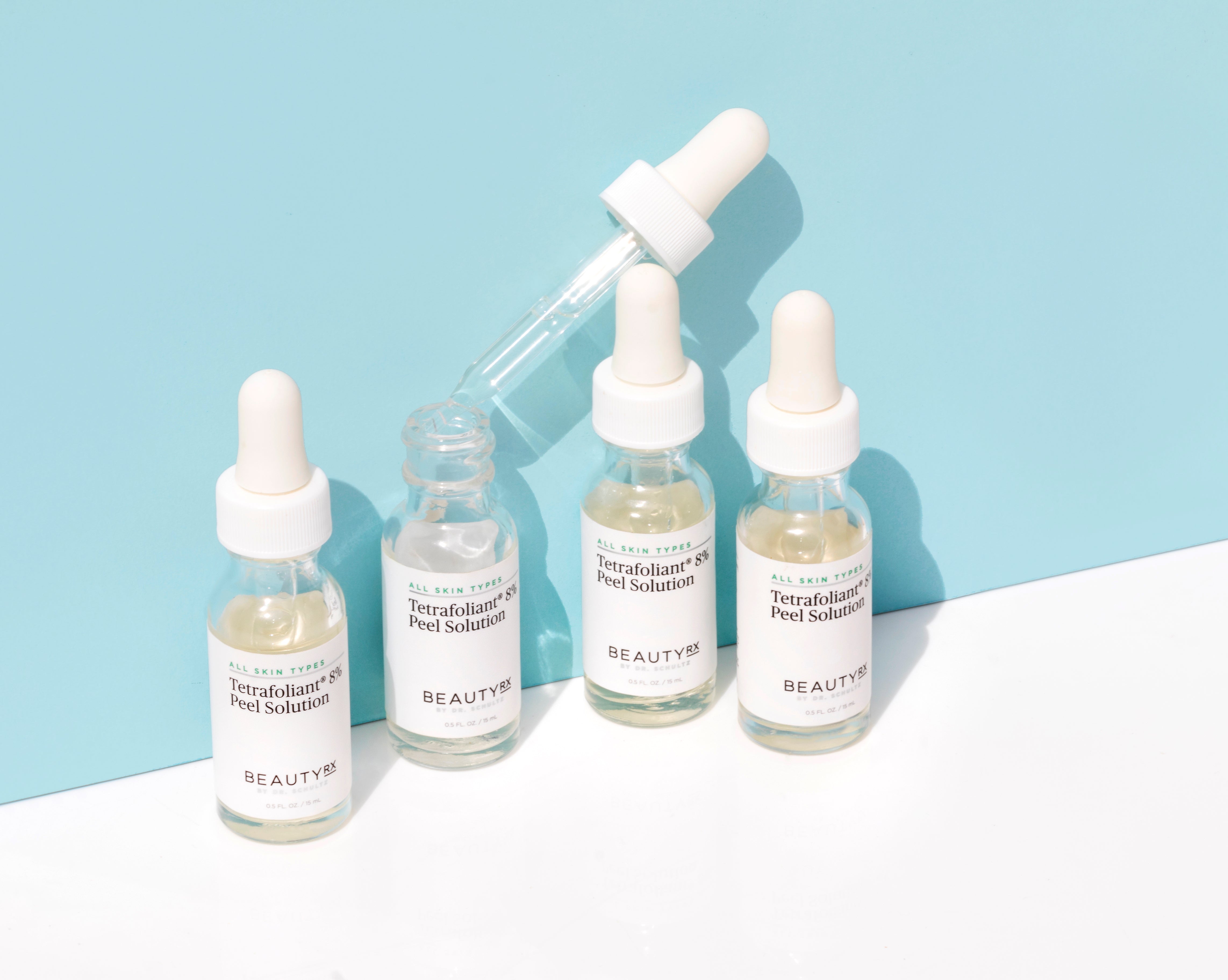
Combination skin can be confusing to deal with—how do you prevent too much dryness or too much oil? Don’t let combination skin hold you hostage. Instead, make it simple for yourself and learn the basics of combo skin. Once you determine your skin type, read on to understand what causes it and how you can choose the skincare products that are best for you. Get ready to finally take control of your skincare routine and tackle your combination skin, once and for all.
What Is Combination Skin?
When your skin is both dry and oily, it’s called combination skin. Often, it’s the cheeks that are dry and the T-zone that’s oily. And believe it or not, this skin type is quite common. Many people find themselves in a conundrum about which skincare products to use. If powerful cleansers and toners remove my excess oil, won’t they also dry out my cheeks? And if rich moisturizers heal and hydrate my skin, won’t they also add oil to areas of my skin that already have too much oil?
Although you can use products that are formulated and labeled for combination skin, you can also target specific areas of your skin. This means that you can use products for oily skin on your T-zone and use products for dry skin on your cheeks. Think of your face in sections. It really is that simple. You may have to add a few steps to your skincare regimen, but this little bit of extra attention might be the solution you need to balance your combination skin.
What Is Dry Combination Skin?
Dry skin means you have a lack of water in your skin cells, which creates a dry, rough, sometimes even flaky skin. But in other parts of your face, you may have excess oil. It’s possible for you to have sections of your face with different oil and water levels, and here's why.
In the T-zone, which is the forehead, nose, and chin, you have a greater concentration of oil glands. These oil glands produce oil, which helps your skin retain moisture when your water glands make water or when you sweat. These water glands are everywhere on your skin.
Since other parts of your face do not have as many oil glands as the T-zone, moisture evaporates more easily, especially in dry, cold weather. And if your water glands are underproductive, you’ll have parts of your face that are dry, even if other areas are oily. This is how you can end up with dry combination skin. For even more detail, watch leading NYC dermatologist Dr. Neal Schultz explain what causes combination skin:
What Is Combination Oily Skin?
Oily skin means you have a build up of excess oil that may lead to breakouts, large pores, and excess shine. But you may also have patches on your face that are extra dry, like around your nose and mouth, outside of your T-zone. As mentioned above, the areas of your skin that have higher concentrations of oil glands will produce more oil. And at the same time, the areas of your skin with fewer oil glands might suffer from dryness if the water glands do not produce enough moisture or if the water evaporates. For this reason, you can end up with oily combination skin.
Combination Skin Care
Understanding your skin type is paramount because when you know what parts of your face need more or less water or oil, the products you use will work for you to balance your skin. Thinking of your face in sections will help you target your skin care treatments.
For your T-zone, use a balancing cleanser to get rid of excess oil and reduce your chances of breaking out. However, this same cleanser might be too drying on your cheeks. To avoid overdrying your skin, use a different cleanser—something gentle and non-stripping—on your cheeks and any other dry areas of your face. The key here is determining whether you need to use a specific and different type of cleanser on each section of your skin, based on whether it’s dry or oily.
To moisturize combination skin, again, treat the face in sections. Use a light, water-based moisturizer on your cheeks to help restore deficient moisture or water. Oily and acne-prone sections of your skin won’t necessarily require additional moisturization. But if your T-zone is dehydrated with a layer of oil on top, then you can use an oil-free, non-comedogenic moisturizer to restore water and to avoid contributing to breakouts.
Dr. Schultz says that by using different cleansers and moisturizers that optimally treat different sections of your face, it’s entirely possible to restore your normal oil and water balance.
Skin Care Routine for Combination Skin
First, try to determine whether you’re dealing more with a build up of oil (combination oily skin) or with a lack of water and oil (dry combination skin). It’s tricky, but you might be able to discern whether the issue that aggravates your skin most is greasy, oily areas that are prone to breakouts, or tight, uncomfortable patches of dry skin that are prone to developing signs of aging. If you suffer equally from both types of problems, then you’ll really want to consider using different products on the dry and oily sections of your skin.
Always start with the basics. For a handy reference on which product to apply first, check out our guide on skincare product order of application.
- Cleanse—wash away dirt, excess oil, and makeup.
- Tone—complete the cleansing process by eliminating residual dirt, oils, cleanser, and makeup.
- Sunscreen—protect your skin from damaging ultraviolet rays.
- Exfoliant—remove dulling, dead cells.
- Antioxidant—protect skin cells' DNA, collagen, and elastic tissue from free radical damage, hyperpigmentation, and wrinkling.
Best Products for Combination Skin
Best Cleanser for Combination Skin
Combination skin seeks balance, and you’ll find that with the Balancing Glycolic Cleanser by BeautyRx. It balances the skin’s oil and water levels without overdrying. It’s a foam cleanser formulated with 3% glycolic acid to leave your skin brighter and more radiant. And like any good cleanser, it removes makeup, dirt, and excess oil.
Best Toner for Combination Skin
For combination skin that leans towards dry or normal, BeautyRx’s Clarifying Toner is optimal. This gentle, alcohol-free toner removes dirt, makeup, and residual cleanser without overdrying the skin. It’s formulated with humectants to retain moisture and help prevent skin from drying out.
Best Moisturizer for Combination Skin
For a versatile, oil-free, non-greasy yet rich moisturizer, look no further than the Nourishing Moisture Cream by BeautyRx. This moisturizer is excellent for combination skin; it contains natural humectants, emollients, and other hydrophilic compounds to restore your skin’s hydration. It also contains potent antioxidants that fight against free radicals and premature signs of skin aging. And in addition to nourishing and protecting your skin, this moisturizer also firms the appearance of your skin.
Best Exfoliator for Combination Skin
Whether your combination skin leans towards dry or oily—in order to achieve healthier, younger-looking skin, you’ll need to use an exfoliant. Once the dull top layer of your skin is removed, your moisturizer can be absorbed more easily and other products work more efficiently. Dr. Schultz’s Essential 8% Exfoliating Serum is a starter-strength, oil-free glycolic treatment that removes the accumulated dead cells on your skin’s surface in order to reveal softer, smoother skin. It contains a proprietary exfoliating complex, Triantiox™, that is clinically proven to provide gentle yet effective exfoliation.
Best Serum for Combination Skin
One effective, well-formulated serum can provide exceptional protection against free radicals for combination skin. Our Triple Vitamin C Serum—which is a 10% formula with three of the most effective, stable forms of vitamin C—is a powerful anti-ager. This product helps reduce hyperpigmentation and brown spots, and it also leaves your skin soft, supple, and hydrated.
Your At-Home Regimen
Combination skin can be tricky to deal with, but a little extra attention can help you decide where you need more or less water or oil in your skin. Again, sectioning your face into oily areas like the T-zone and dry areas like the cheeks can help you choose targeted treatment products. Start with the basics—cleanser, toner, sunscreen, exfoliant, and antioxidant—and choose the best products for your specific skin type. You can either use products that are formulated and labeled for combination skin, or you can treat different areas of your skin based on whether they’re dry or oily.
 BRX REWARDS
BRX REWARDS



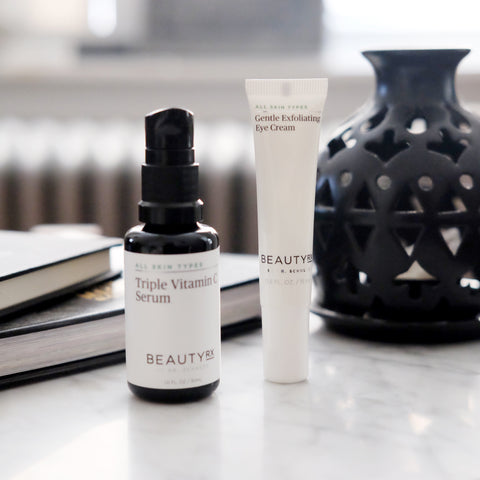
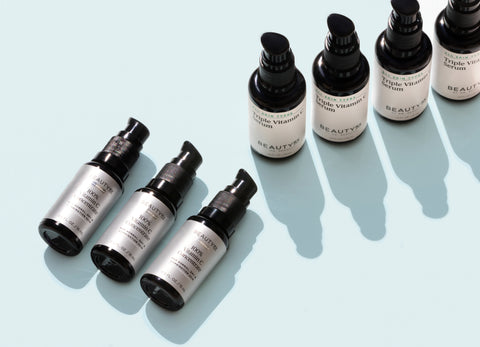


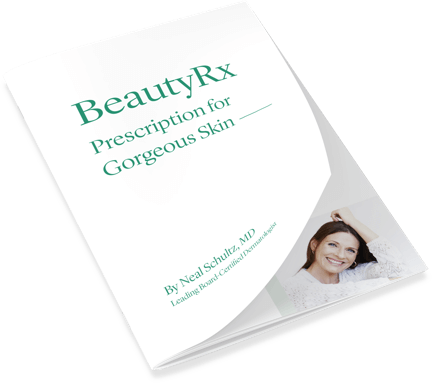
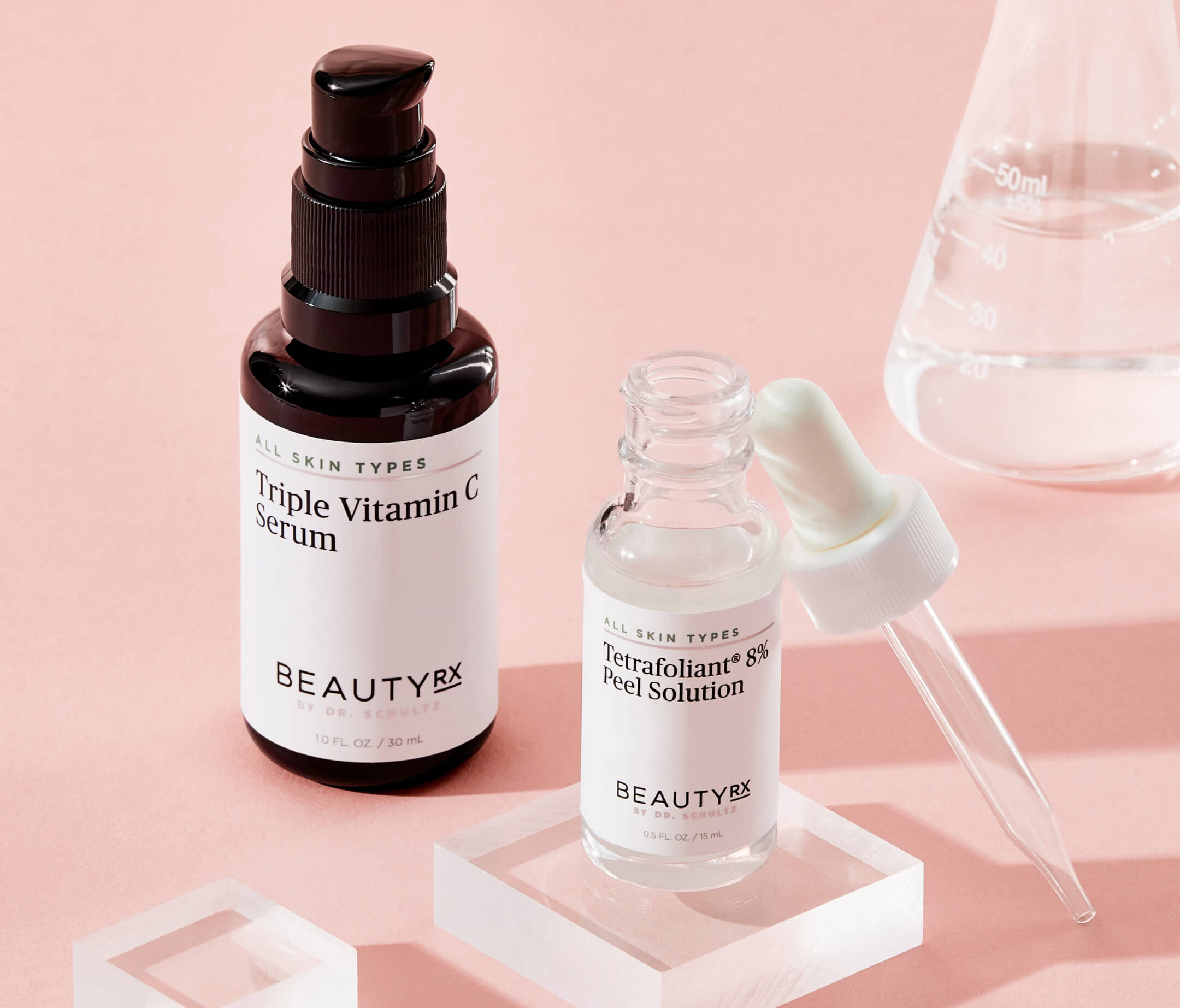

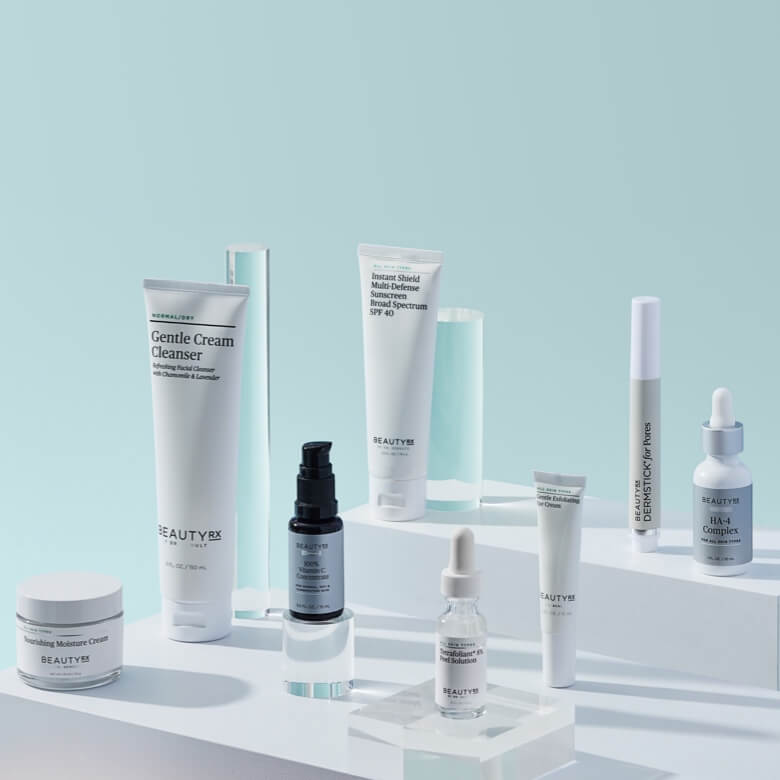
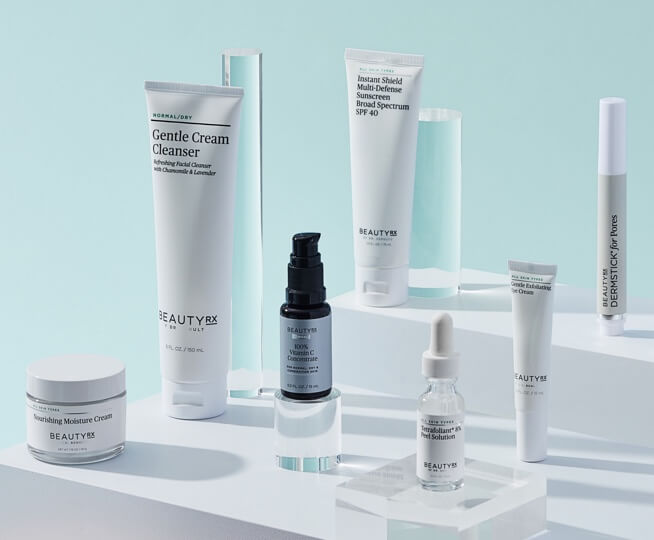


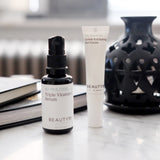
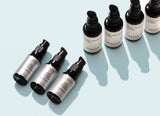




Leave a Comment